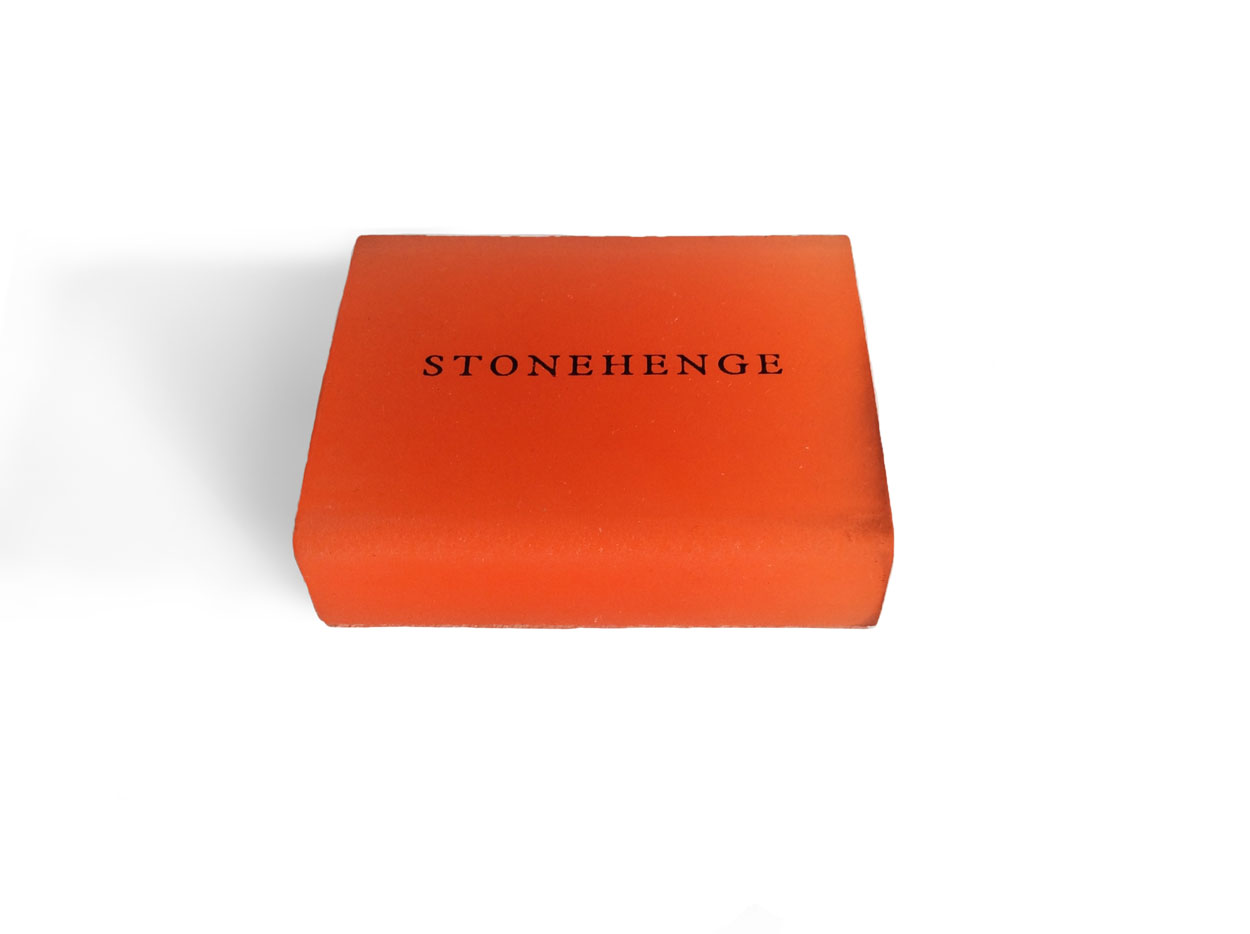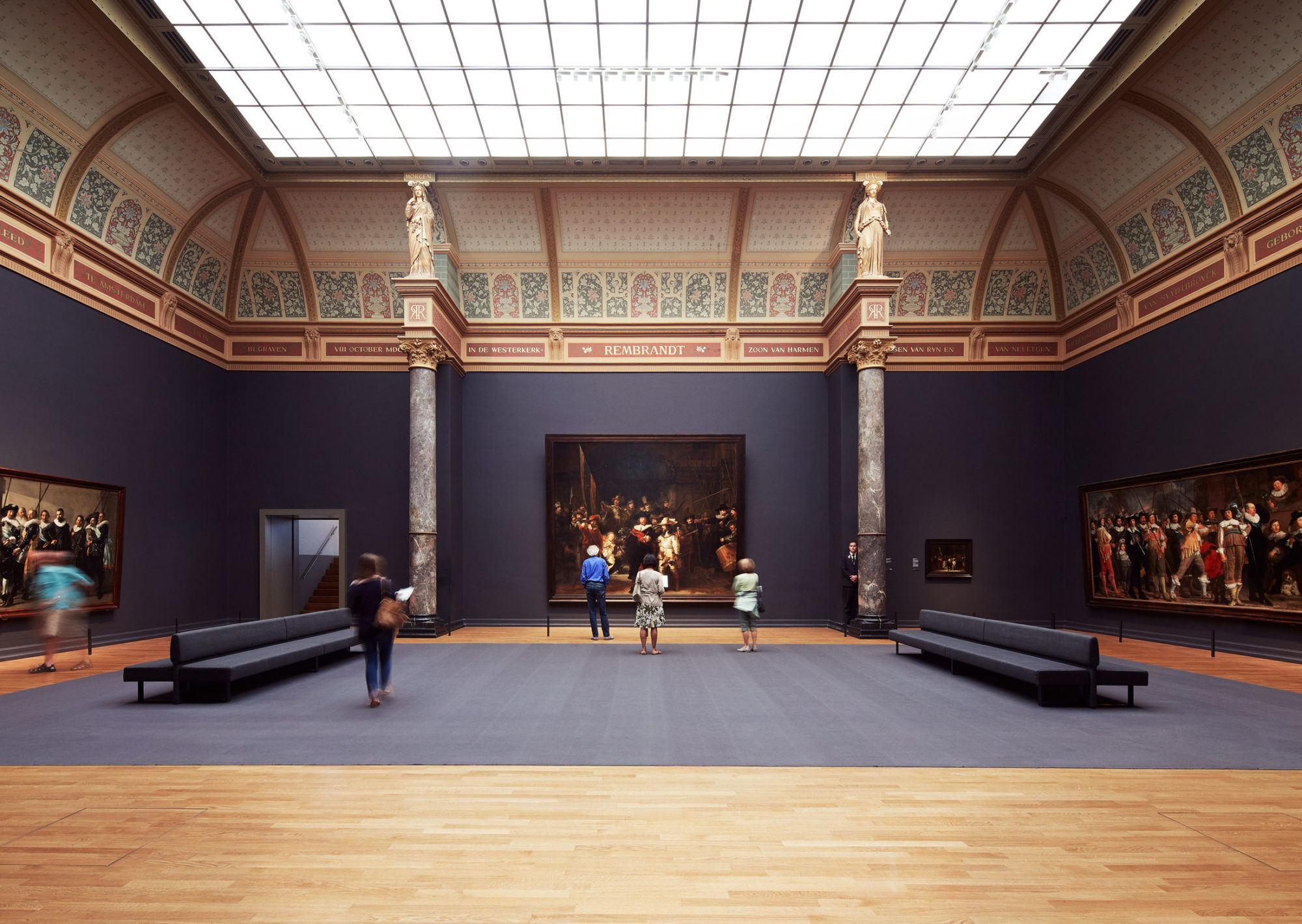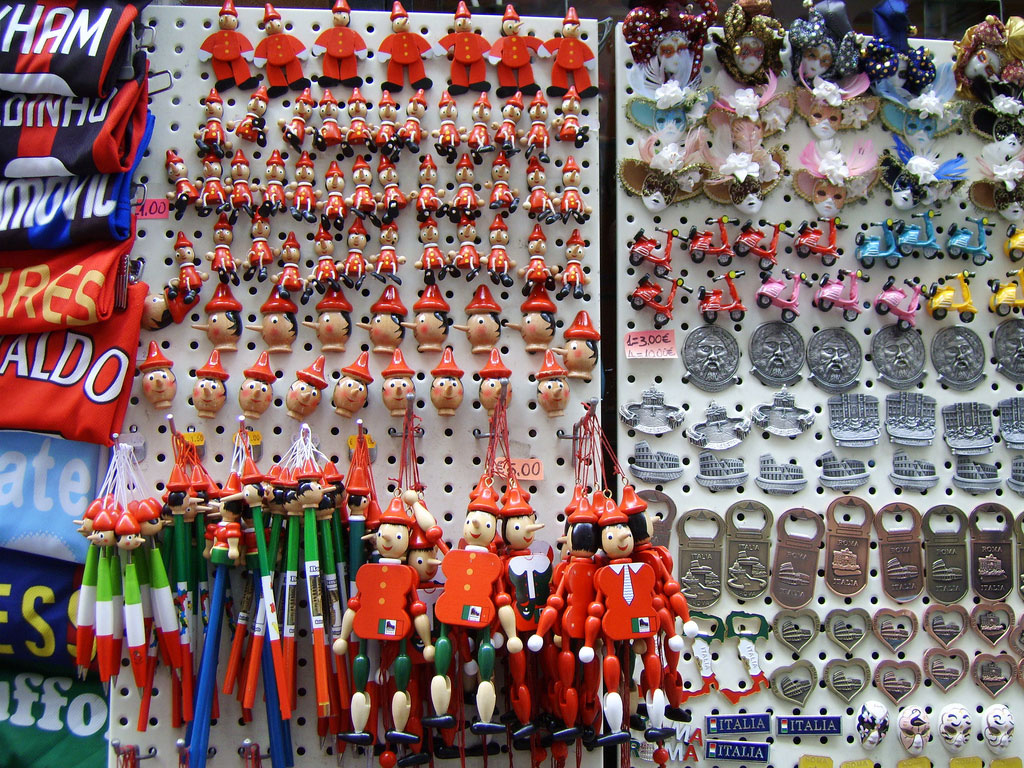Murray Moss is a design entrepreneur, founder of Moss Bureau, and juror for the Surface Travel Awards. The deadline for entries is June 15; submit projects here.
Murray Moss’s renown was cultivated while running his eponymous SoHo shop, which is credited with reigniting New York’s passion for design during its 18-year run before shuttering in 2012. (Even Kanye West, in typically self-referential fashion, has dubbed Moss “the Kanye West of the furniture market.”) Now, through his company Moss Bureau, the celebrated curator, retailer, and consultant champions ornamental objets d’art, though he still has an affinity for an item decidedly less highbrow: the humble souvenir.
When did your interest in souvenirs begin?
A long time ago, when I was kid, we used to travel a lot. What seemed most important to my parents, more important than the actual in-the-moment experience, was to have an artifact that would embody a remembrance. On my first trip to Europe, my mother decided that she would buy espresso spoons as souvenirs. I remember that because we never drank espresso.
What have you collected over the years? I’m guessing not espresso spoons.
Well, a lot of things. I’ll tell you about a couple. Stonehenge was one of my favorite souvenir shops. Have you ever been?
I haven’t.
There’s a great souvenir shop. Everything in it was basically conceptual, so there was room to customize your memories. I bought a gum eraser that simply had STONEHENGE printed on it. I thought that was amazing because Stonehenge is indelible. The whole point of it is that it’s there forever, and someone had the idea to make it into an eraser—after used and worn down, the name Stonehenge goes away.
Clever.
Another one that I don’t have, because I ate it, was Rembrandt’s “Night Watch” cast in chocolate. I was overwhelmed by the painting when I saw it in the Rijksmuseum. It’s stupendous. And when I ate the chocolate version, I ate “Night Watch.” It was brilliant, I thought, because like the painting, it puts weight on you. It never goes away, it gives you a sugar rush, and it’s part of you.
It seems you like souvenirs that reinterpret the objects they reference.
Well yes, that’s a good point. But in some cases, it’s good idea to not be abstract because you want a recollection of an image. So you put the image on something that you use everyday, like a magnet. That way, you take it out of a museum and put it in your laundry room or kitchen or closet.



